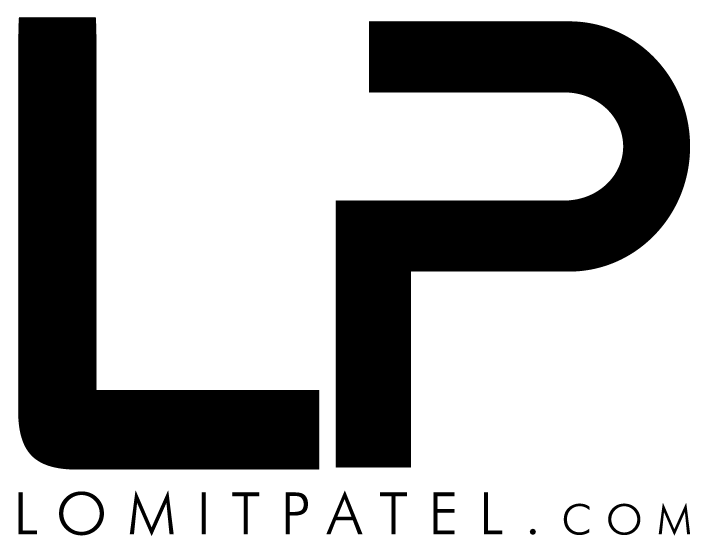So, you’re dreaming big and ready to launch your own business. You’ve heard that a solid business plan is essential, and an sba business plan template can be a game-changer. But where do you even begin? This comprehensive guide breaks down everything you need to know about creating an effective sba business plan template, from understanding its core components to requesting a funding request.
Table of Contents:
- Why a Business Plan Matters
- Understanding the SBA Business Plan Template
- Key Components of an SBA Business Plan Template
- Tips for Crafting a Compelling SBA Business Plan Template
- Traditional Business Plan vs. Lean Startup Plan
- Conclusion
Why a Business Plan Matters
A business plan is a roadmap for success. It helps you analyze your market, define your target audience, and outline your financial projections.
This is crucial for securing an SBA loan and guiding daily operations. Businesses with a formal plan often see increased growth. A business plan is also an official government organization document for starting and growing your business.
Understanding the SBA Business Plan Template
An sba business plan template offers a structured approach to presenting your business idea to the Small Business Administration (SBA). It includes key sections giving a well-rounded view of your plan.
This business plan template provides guidance to those looking to establish business credit and eventually buy assets. Consider these different business plan types.
Key Components of an SBA Business Plan Template
Executive Summary
This is your elevator pitch. Briefly describe your company, its mission, products/services, target market, and financial goals.
Make it concise and compelling. Grab the reader’s attention from the start to show you know how to establish business, which can greatly impact receiving a funding program for it.
Company Description
Elaborate on what your company does. State the problem you’re solving and the specific customers you serve.
Highlight what sets you apart from competitors. Briefly discuss your company description as part of the business development of your business and its relevance when you contact SBA.
Market Analysis
Demonstrate your understanding of your industry and target market. Show you understand how to acquire businesses and what that takes.
The SBA’s market analysis page provides useful guidance. Learning these best practices is key to a solid market analysis.
Products and Services
Provide details about your product, pricing, and lifecycle. Explain the development and sales process.
Include information about business insurance you have or need and anything to make your plan more persuasive.
Marketing and Sales Strategy
Explain how you’ll reach your target audience and convert them into paying customers. Detail your marketing channels, budget, pricing model, and projected ROI.
Consider how you might export products or work with women-owned businesses. Describe what your initial budget looks like. Clearly stating your marketing strategy can help you with any disaster assistance needed down the line.
Organization and Management
Describe your company’s legal and corporate structure. Explain the experience and expertise of your team members.
Include an organizational chart and board of directors (if any). Showcase the structure to hire employees or manage employees of your small business.
Financial Plan and Projections
Numbers are important for SBA lenders. Include detailed five-year financial projections. Show lenders your ability to stay legally compliant and how to pay taxes for your business, as this speaks volumes to lenders.
Projections should include profit and loss statements, balance sheets, and financial projections including cash flow statements. Include past financial statements (if applicable). Use graphs and charts for visual clarity.
If needed, include details regarding how you plan to acquire businesses or set yourself up as an official government organization.
Funding Request (If Applicable)
If seeking SBA funding, clearly state the amount, type (debt or equity), and purpose. Explain how investment capital will support growth and the federal contract goals you’ll target.
Consider contracting assistance programs for veteran-owned businesses, spouse businesses, Native American-owned businesses, LGBTQ-owned businesses, and rural businesses. Look for federal contracting resources and learn more about surety bond requirements.
Appendix (If Needed)
Include supporting documents like credit reports, patents, permits, or letters of reference. This section can boost your credibility. Consider listing business locations to expand on, or other contracting assistance that may help. Don’t feel that this section is required, as often it is something that may come in at a later point, based on lender request.
Be sure to understand if you qualify as any of the following to add to this section to potentially improve your chances for an sba loan: American-owned businesses, women-owned businesses, veteran-owned businesses, spouse businesses, Native American-owned businesses, military spouse businesses, LGBTQ-owned businesses, rural businesses, minority-owned businesses. Be prepared for questions like “how do you plan to stay legally compliant with tax obligations as an sba business” when speaking to lenders.
Tips for Crafting a Compelling SBA Business Plan Template
A startup once struggled to secure funding because of insufficient target market research. Revamping the market analysis, with target audience insights, strengthened their business plan. This helped them understand startup costs involved and eventually secure investment capital. Resources like business plan templates are available to guide you.
- Know Your Audience: Tailor your message to investors, loan officers, or both.
- Keep It Concise: Use clear language and short paragraphs.
- Show, Don’t Just Tell: Back up claims with research and realistic financial projections.
- Proofread Carefully: Errors can hurt your credibility.
- Seek Feedback: Have a trusted advisor review your plan.
- Additional business resources:
- How to write a business plan.
- SBA business plan template for police officers.
- Waste management business plan template.
Traditional Business Plan vs. Lean Startup Plan
| Feature | Traditional Business Plan | Lean Startup Plan |
|---|---|---|
| Length | Detailed, often lengthy (dozens of pages) | Concise, typically one page |
| Structure | Formal, structured sections | Flexible, adaptable |
| Focus | Comprehensive overview | Key elements and assumptions |
| Best for | Bank loans, investors | Early-stage startups, rapid iteration |
The “best” approach depends on your business goals. Understanding both traditional and lean startup plans helps select the appropriate SBA business plan template for you.
Be sure to include details about your small business’ structure, federal contract information, if you export products, and what contracting assistance, or business credit resources have been explored. These types of insights add weight to your plan, as will showcasing where you see the business heading.
Conclusion
An sba business plan template provides a framework for entrepreneurial success. It breaks the process into manageable steps and addresses common startup challenges. An sba business plan template provides the blueprint for running and growing your business.
Whether starting a new business or already established, the sba business plan template guides you toward success. This helps clarify your needs whether those are assistance programs or damage loans or even simply receiving an economic injury disaster loan.
It provides direction and clarity for funders. The business plan showcases how you’ll pay taxes, manage employees, and buy assets and potentially receive SBA funding.
Subscribe to my LEAN 360 newsletter to learn more about startup insights.





